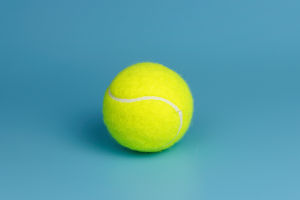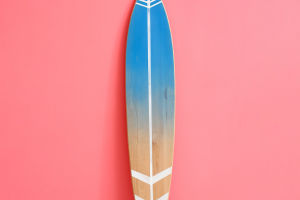If you're new to croquet, selecting the right croquet balls can feel a bit overwhelming.
With various sizes, weights, and materials available, it's easy to get lost in the details.
But don't worry—choosing croquet balls doesn't have to be complicated. This beginner's guide will walk you through what you need to know to find the perfect set for your game.
1. Understanding Croquet Ball Sizes
One of the first things you'll notice when shopping for croquet balls is that they come in different sizes. Standard tournament croquet balls are typically 3 5/8 inches in diameter. These balls are designed to meet official regulations and are what you would find in professional matches. However, recreational sets often come with slightly smaller balls, usually around 3 inches in diameter.
For casual backyard play, smaller balls can be just fine and may even be easier to handle for younger players or beginners. If you're aiming for more competitive play or want to practice with official equipment, going with the standard size is the way to go.
2. Material Matters: Plastic vs. Composite
Croquet balls are typically made from either plastic or composite materials. Plastic balls are lighter and less expensive and are common in recreational sets. They're perfect for casual backyard games and for those who are just starting to explore croquet. However, plastic balls can wear out more quickly, especially if used frequently or on rougher playing surfaces.
Composite balls, on the other hand, are made from a more durable mix of materials, often featuring a solid core. These balls are typically used in official tournaments and offer better performance and longevity. While they're more expensive, composite balls are a good investment for serious players or those who want a more authentic playing experience.
3. Weight Considerations
The weight of croquet balls is another important factor. Standard tournament balls weigh around 1 pound, offering a good balance between durability and playability. Heavier balls are better suited for official games and provide a more consistent roll, especially on grass courts. Lighter balls, often found in recreational sets, are easier to hit but may not roll as smoothly, making them more suitable for backyard games on less-than-perfect lawns.
If you're just starting out, lighter balls can make the game more approachable. But if you plan to get serious about croquet, opting for tournament-weight balls will give you a more consistent experience as you improve your skills.
4. Color Options: What's Best?
Croquet balls typically come in six standard colors: blue, red, black, yellow, green, and orange. The classic four-ball set includes blue, red, black, and yellow, which are used in most basic games. If you plan to play with more people, consider purchasing a six-ball set that includes green and orange.
When choosing your set, make sure the colors are bright and easy to distinguish from each other. Some cheaper sets may have duller colors, which can make it hard to track the balls during a game, especially in low light. If possible, opt for balls with vivid, easily recognizable colors for the best playing experience.
5. Where to Play Croquet
Croquet can be played in various locations, from your backyard to parks and official croquet clubs. For casual games, any flat surface, like a lawn or garden, will do. However, croquet clubs often have manicured lawns designed specifically for the game, providing a smoother playing field. These clubs are a great option if you're interested in improving your skills or playing in a more competitive setting. You can also check with local parks or community centers to see if they offer croquet courts.
If you're new to croquet and just want to get started, your backyard is the perfect place to begin. As you gain more experience, you may want to look into joining a club or attending local croquet events to further enhance your skills.
Final Thoughts: Choosing the Right Set for You
When selecting your first croquet ball set, consider your level of play, the surface you'll be playing on, and whether you're aiming for recreational or competitive play. For casual backyard games, smaller, lighter plastic balls are a great starting point. If you're looking to improve or play in tournaments, investing in composite, regulation-sized balls will elevate your game.
Whatever type of ball you choose, croquet is a fun, social game that anyone can enjoy. Having the right set of croquet balls will make the experience that much better.


